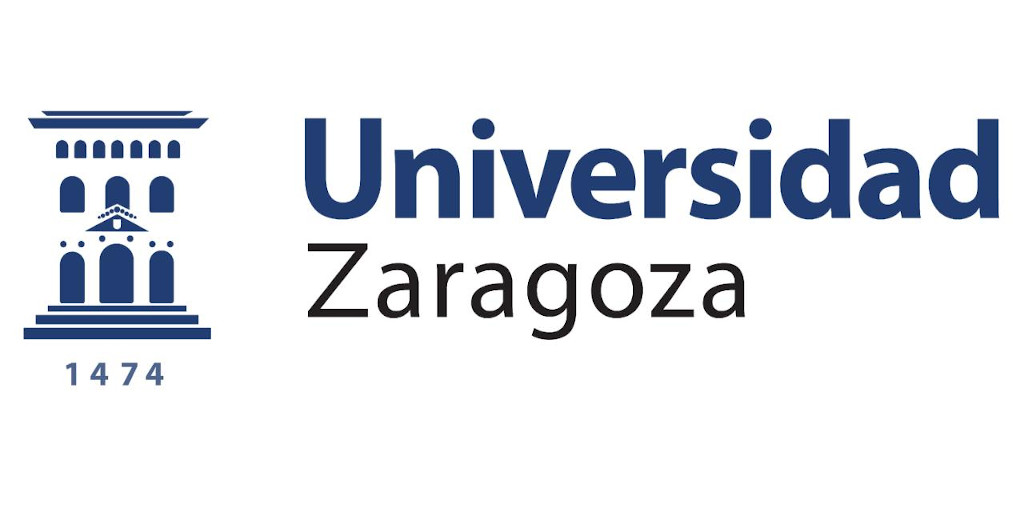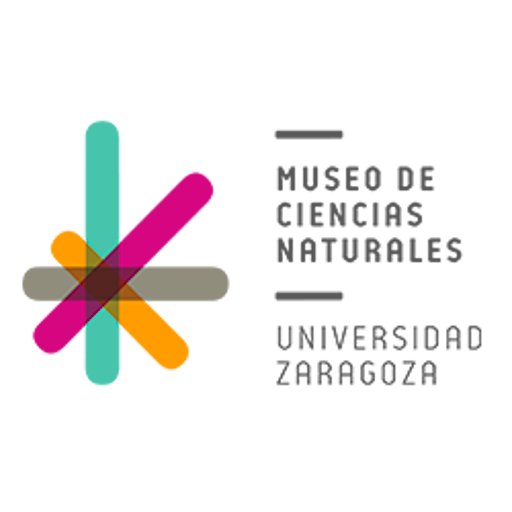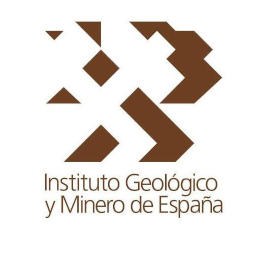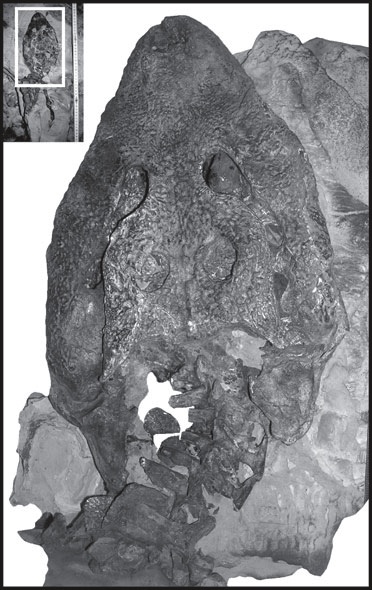El mundo del Mesozoico es conocido por los dinosaurios, sin embargo la variedad y diversidad de los cocodrilos fue muy destacable ocupando distintos ecosistemas y con una gran variabilidad morfológica. Los hay dientes cónicos, pero también los hay con dientes molariformes adaptados a dietas durófagas. A pesar de estar especializados, los dientes no suelen ser suficientes para describir nuevas especies. Por esta razón cuando se encuentra un ejemplar tan completo y articulado como Acynodon adriaticus permite precisar y conocer bien su morfología y sus relaciones de parentesco
Acynodon es un cocodrilo europeo del final del Cretácico que se ha encontrado en la Península Ibérica, incluyendo en los yacimientos de Arén, sur de Francia, Rumania y ahora en el norte de Italia. Hasta el momento, se había descrito las siguientes especies: Acynodon lopezi de Quintanilla del Coco (Segovia), Acynodon iberoccitanus del sur de España y el norte de España y Acynodon adriaticus en este trabajo de Palaeontology.
El ejemplar como se puede observar en la fotografía está perfectamente conservado y articulado. Os adjuntamos el resumen para los más interesados: The new species Acynodon adriaticus is described on the basis of remains from the Santonian-Campanian of Villaggio del Pescatore (Trieste, NE Italy). This species differs in several cranial features from Acynodon iberoccitanus, the only other Acynodon species whose cranial osteology is known in detail. The absence of maxillary and dentary caniniform
teeth coupled with the presence of enlarged molariform teeth suggests that Acynodon probably fed on slowly moving hard-shelled prey. Moreover, the new materials reveal for the first time the morphology of some postcranial elements of Acynodon: in particular, medial-most paravertebral osteoderms that are characterized by two keels. A new cladistic phylogenetic analysis resolves the previously reported polytomy among the basal Globidonta: Acynodon is recognized as the most primitive globidontan. This genus may represent the geologically oldest known globidontan. The fact that Acynodon has been found only in Europe and that the outgroup of Globidonta, the Diplocynodontinae, is mainly known from Europe, suggests that globidontans may
have originated in Europe and not in North America as previously supposed.
La referencia completa es Delfino, M., Martin, J. & Buffetaut, E. 2008. A new species of Acynodon (Crocodylia) from the Upper Cretaceous (Santonian-Campanian) of Villaggio del Pescatore, Italy. Palaeontology, 51, 5, 1091-1106.
Acynodon es un cocodrilo europeo del final del Cretácico que se ha encontrado en la Península Ibérica, incluyendo en los yacimientos de Arén, sur de Francia, Rumania y ahora en el norte de Italia. Hasta el momento, se había descrito las siguientes especies: Acynodon lopezi de Quintanilla del Coco (Segovia), Acynodon iberoccitanus del sur de España y el norte de España y Acynodon adriaticus en este trabajo de Palaeontology.
El ejemplar como se puede observar en la fotografía está perfectamente conservado y articulado. Os adjuntamos el resumen para los más interesados: The new species Acynodon adriaticus is described on the basis of remains from the Santonian-Campanian of Villaggio del Pescatore (Trieste, NE Italy). This species differs in several cranial features from Acynodon iberoccitanus, the only other Acynodon species whose cranial osteology is known in detail. The absence of maxillary and dentary caniniform
teeth coupled with the presence of enlarged molariform teeth suggests that Acynodon probably fed on slowly moving hard-shelled prey. Moreover, the new materials reveal for the first time the morphology of some postcranial elements of Acynodon: in particular, medial-most paravertebral osteoderms that are characterized by two keels. A new cladistic phylogenetic analysis resolves the previously reported polytomy among the basal Globidonta: Acynodon is recognized as the most primitive globidontan. This genus may represent the geologically oldest known globidontan. The fact that Acynodon has been found only in Europe and that the outgroup of Globidonta, the Diplocynodontinae, is mainly known from Europe, suggests that globidontans may
have originated in Europe and not in North America as previously supposed.
La referencia completa es Delfino, M., Martin, J. & Buffetaut, E. 2008. A new species of Acynodon (Crocodylia) from the Upper Cretaceous (Santonian-Campanian) of Villaggio del Pescatore, Italy. Palaeontology, 51, 5, 1091-1106.
LUGAR Trieste, Italia



















